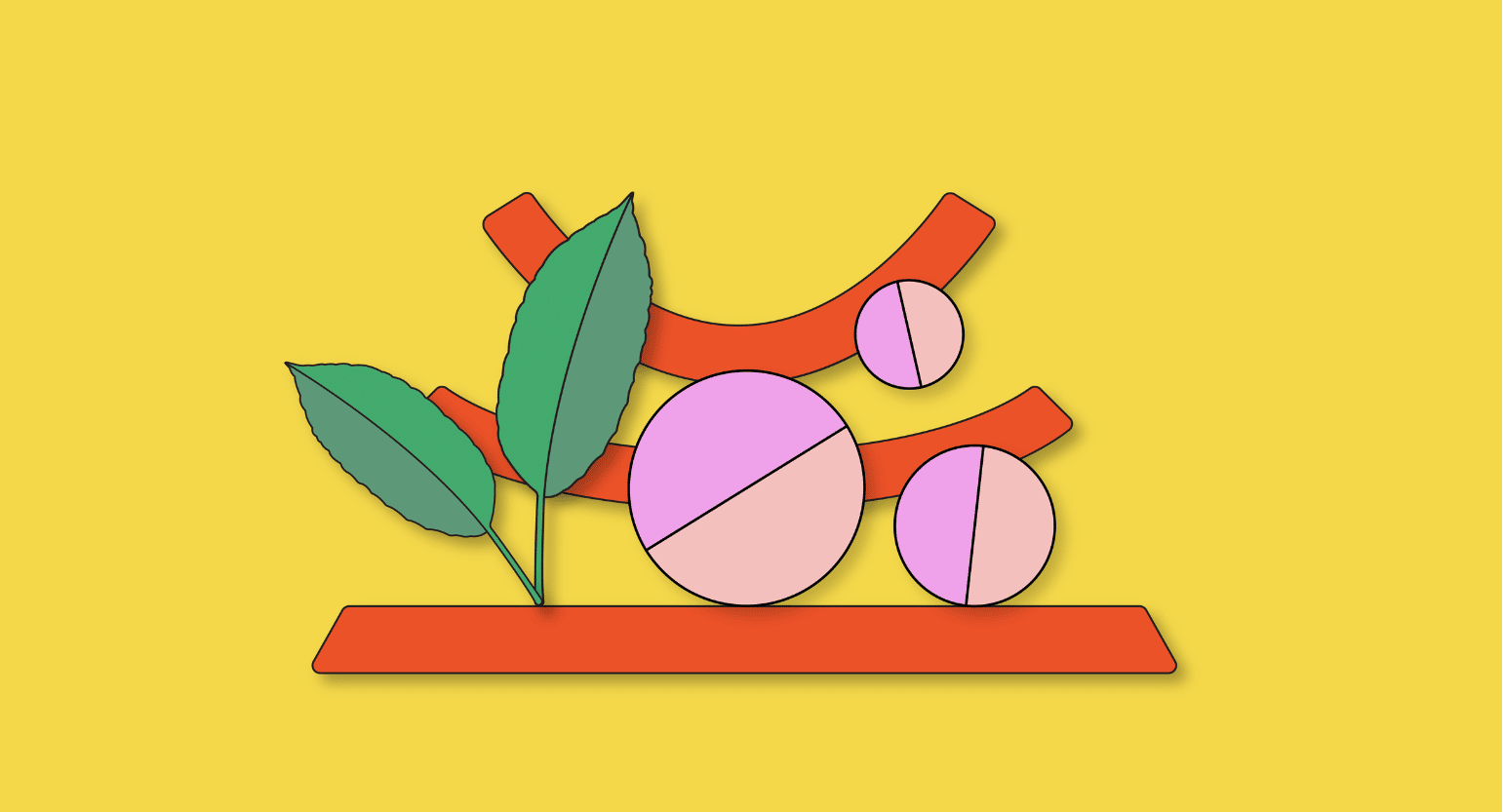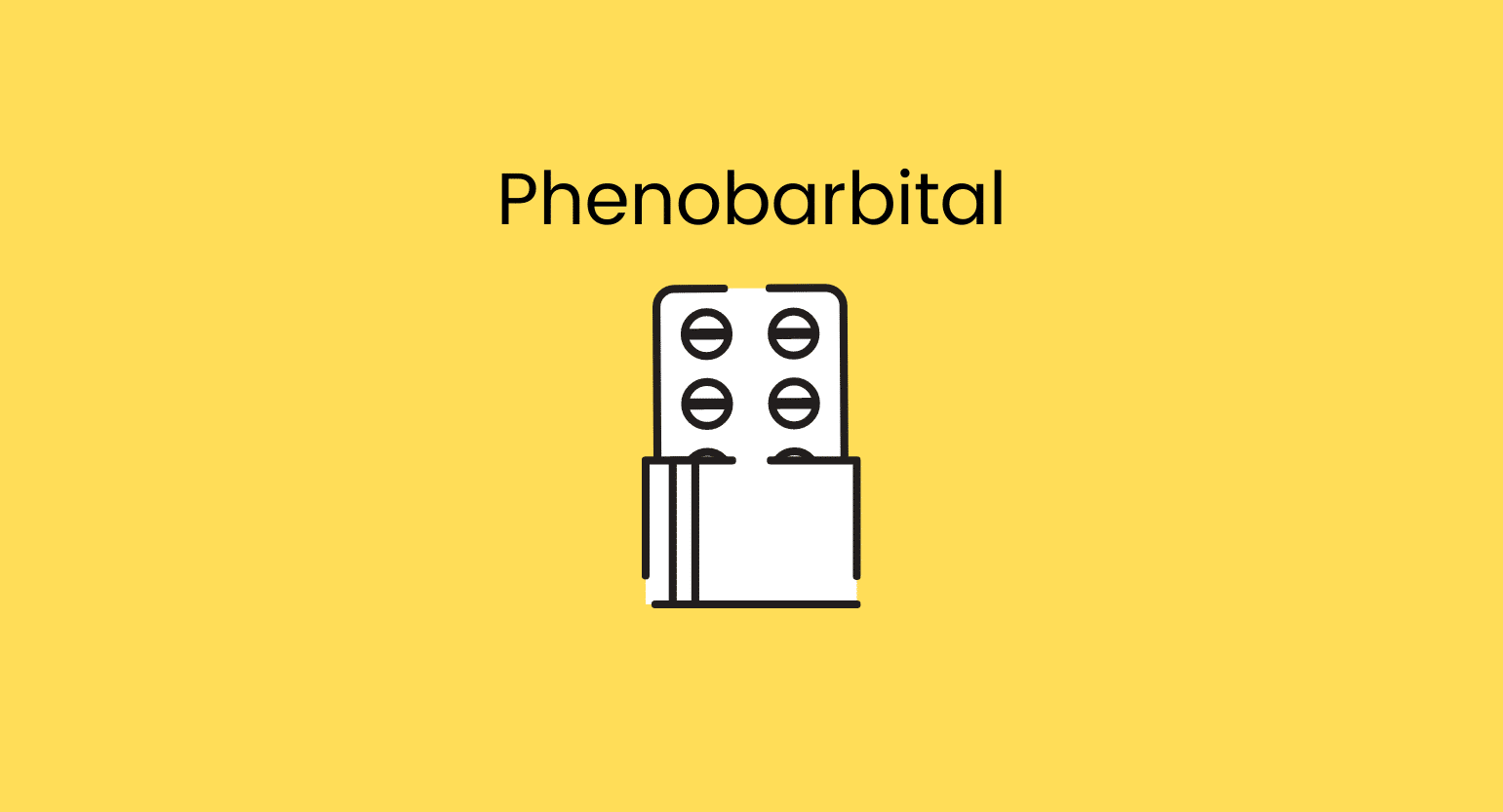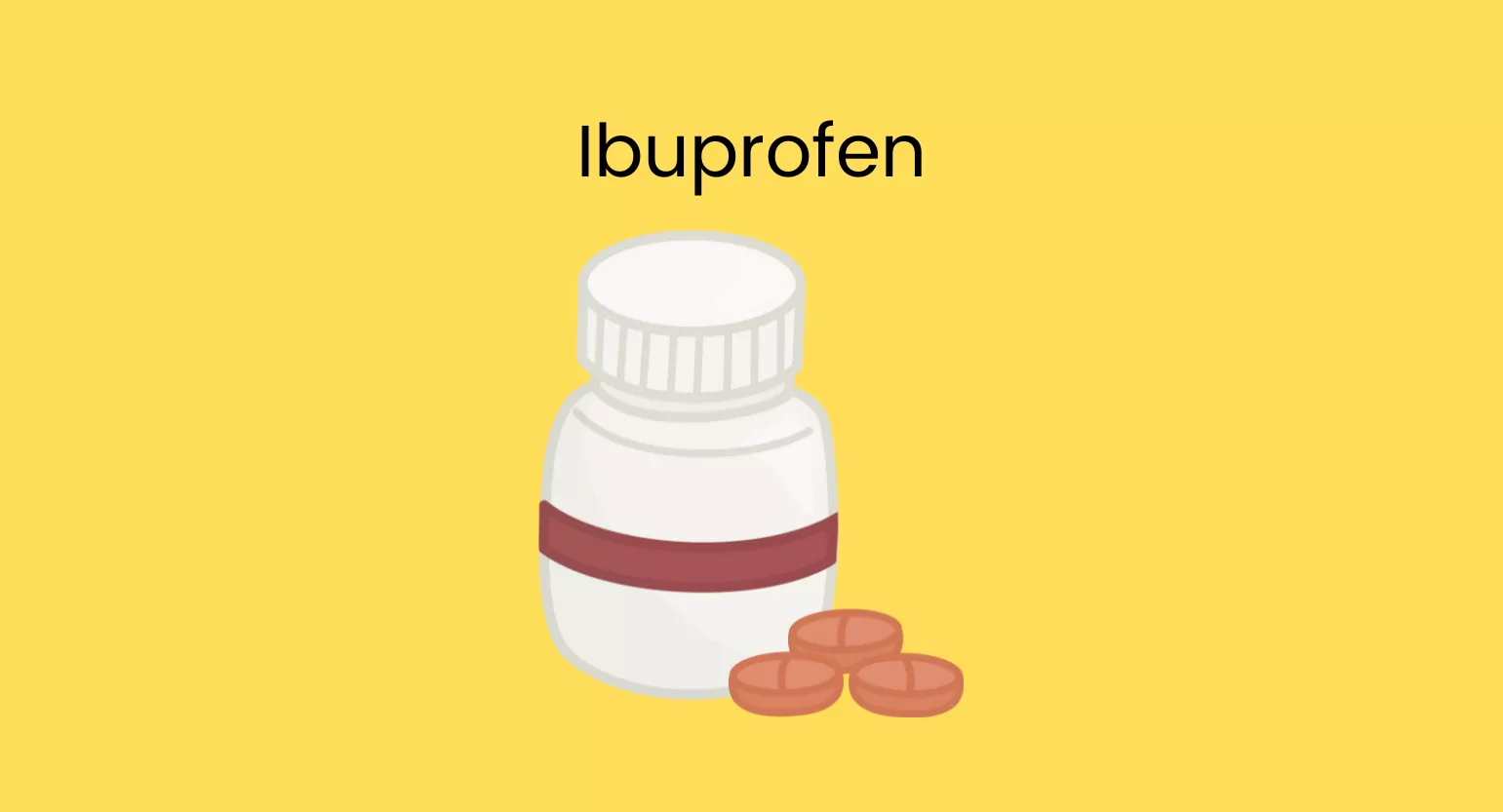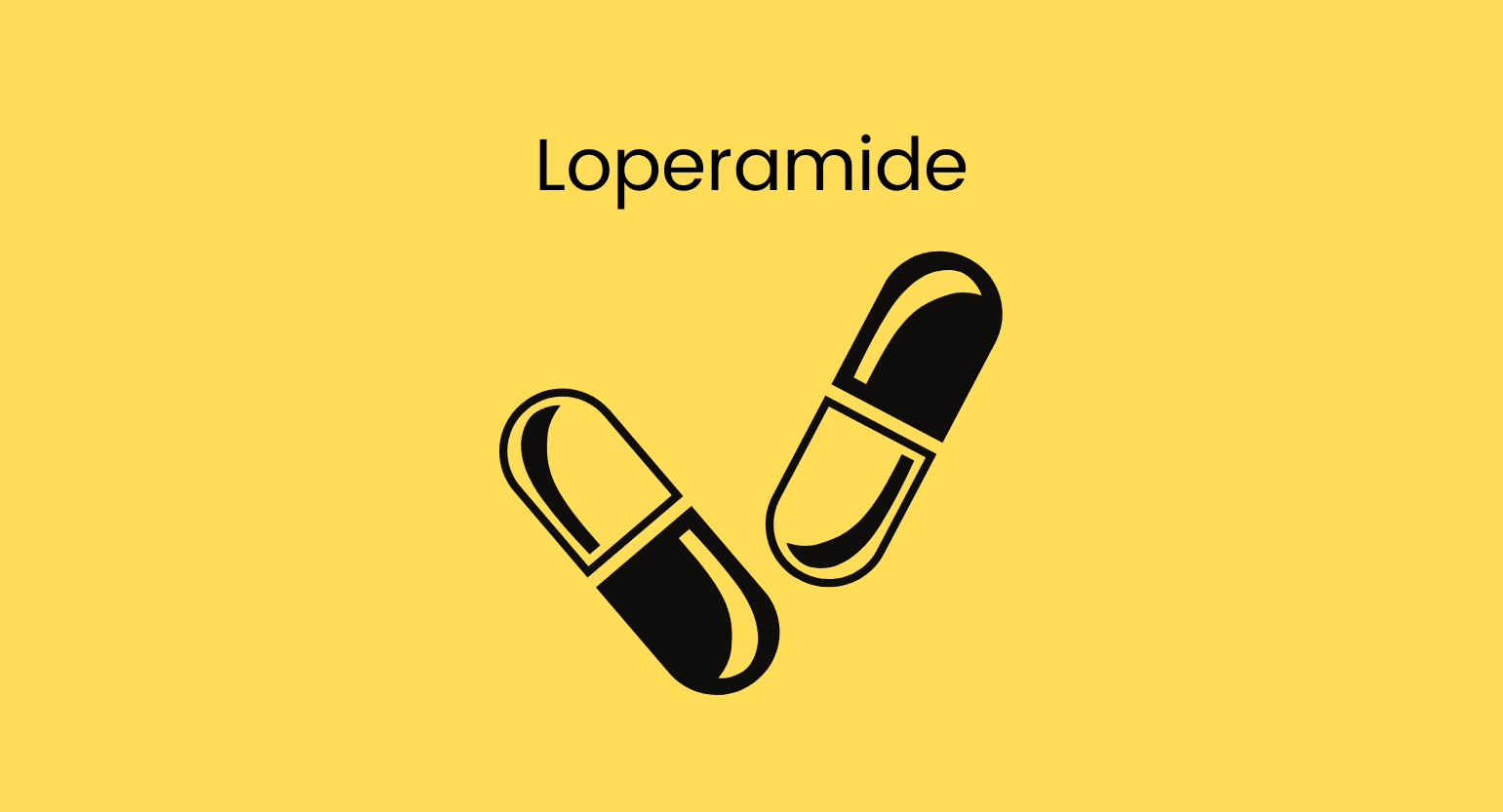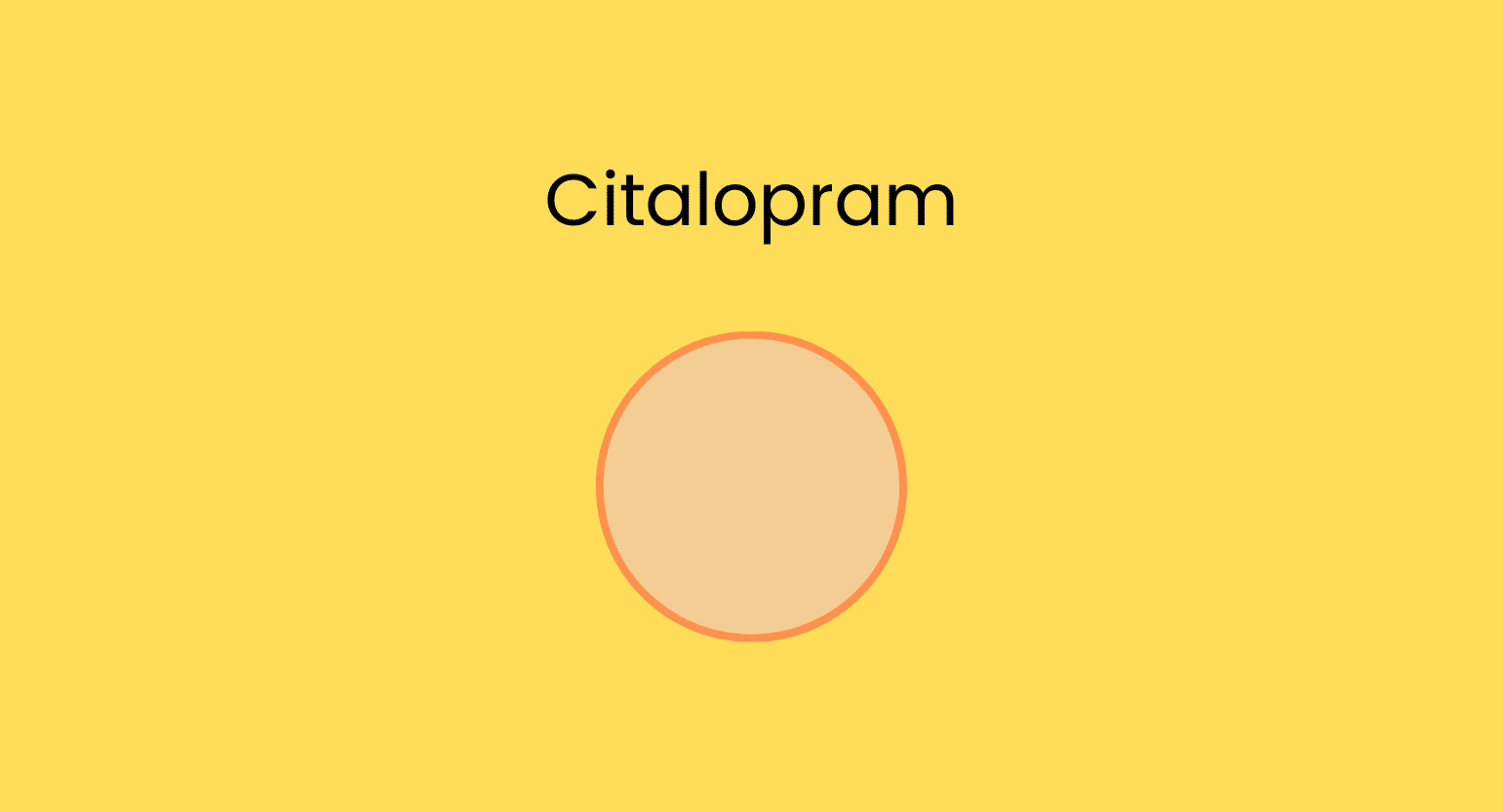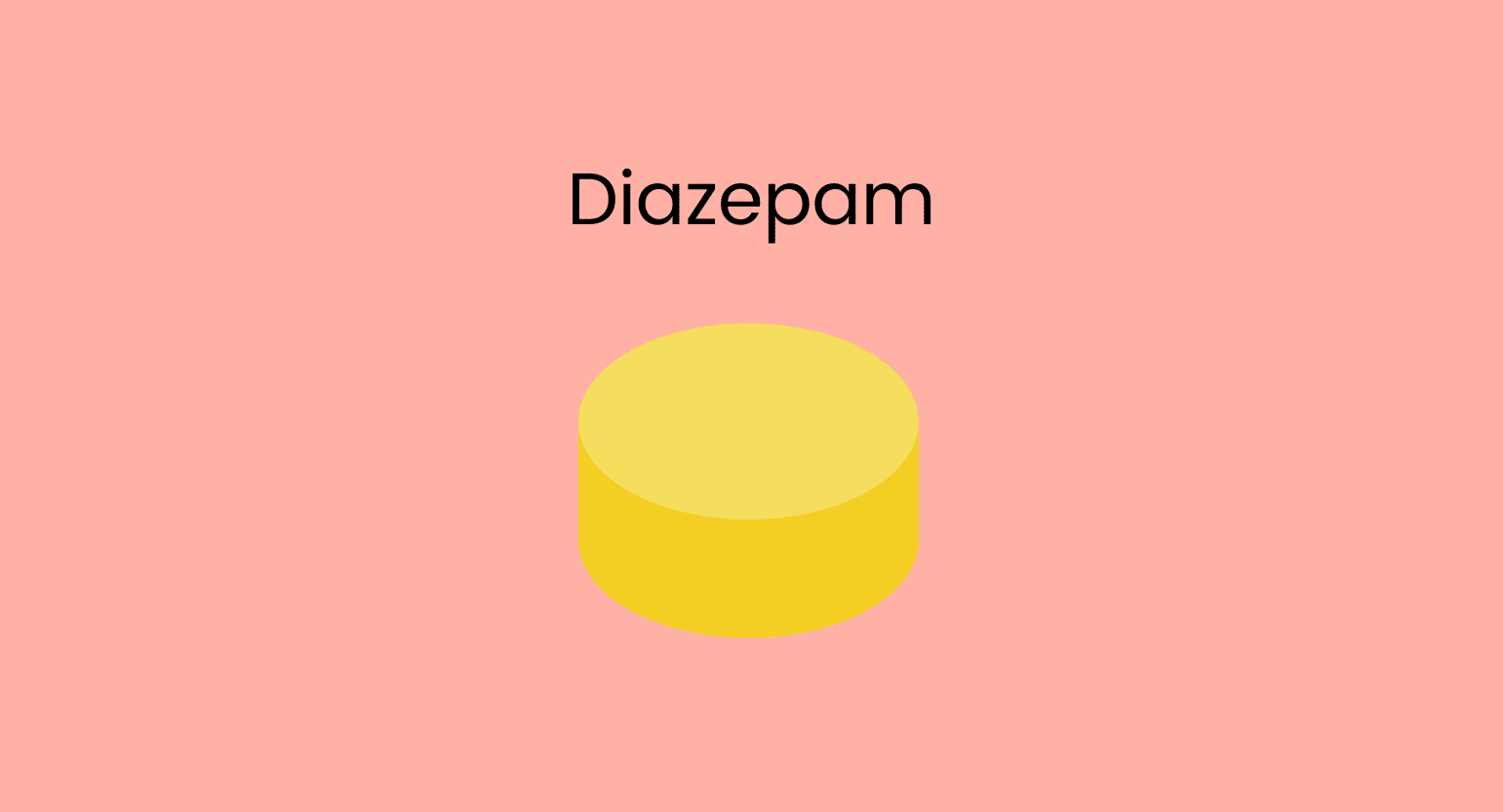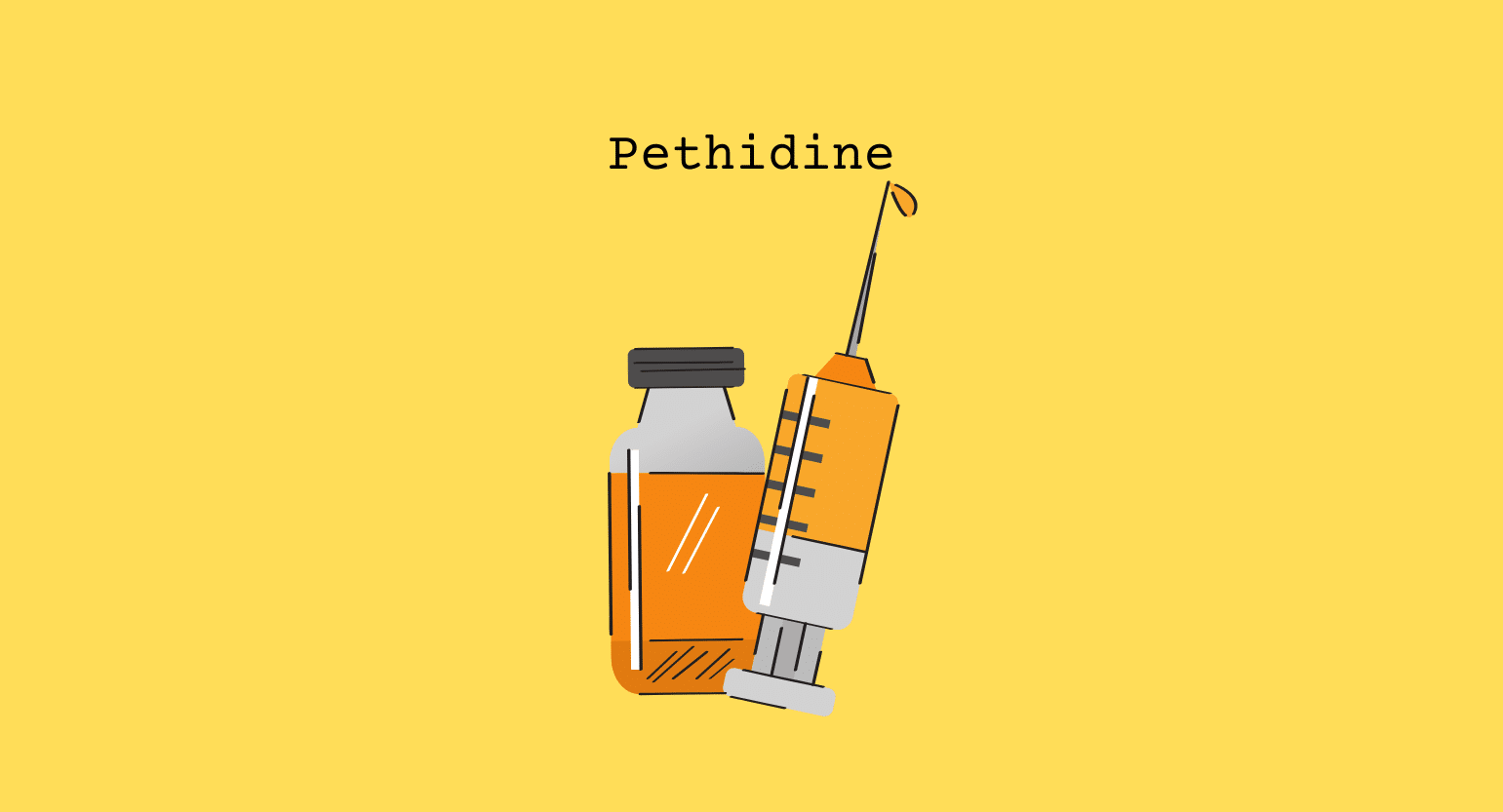Does Kratom Interact With Hydrochlorothiazide?
Yes, hydrochlorothiazide and kratom can interact indirectly and cancel each other’s effects. Before taking kratom and hydrochlorothiazide together, consult your doctor first.
The interaction of kratom with hydrochlorothiazide can occur in the following way:
Decreased Effect (Antagonistic Interaction)
When two substances that have opposite effects on the body are taken together, they nullify each other’s effects. This pharmacological phenomenon is known as antagonistic interaction.
When combined, kratom and hydrochlorothiazide cause an antagonistic interaction. These two substances have an opposite effects on blood pressure. This can lead to a reduction in the effectiveness of hydrochlorothiazide and cause hypertension.
On the one hand, long-term use and high doses of kratom can cause high blood pressure, while low doses of kratom can lower blood pressure.
On the other hand, hydrochlorothiazide’s primary effect is to reduce blood pressure. It works by inhibiting sodium chloride co-transporters in the distal convoluted tubules of the kidney. This results in sodium, potassium, and water loss through urine.
Is it Safe to Take Kratom With Hydrochlorothiazide?
No. It is not safe to take kratom with hydrochlorothiazide.
The interaction between kratom and hydrochlorothiazide is considered moderate to severe.
Lower doses of kratom can lower blood pressure, whereas higher doses can raise blood pressure [1]. Using kratom with hydrochlorothiazide reduces the blood pressure-lowering property of hydrochlorothiazide. The resultant effect is a rise in blood pressure. Hypertension can result in damage to various organs, such as the eyes, the brain, the heart, and the kidneys.
Seek professional medical advice before consuming kratom and hydrochlorothiazide together. Please visit the nearest health facility if you experience any side effects from using these drugs.

Kratom & Diuretics Interactions
Hydrochlorothiazide is a thiazide drug of the diuretics group. Diuretics are drugs that increase urine production.
Hydrochlorothiazide is an effective drug that treats hypertension. It treats edema due to heart failure, liver cirrhosis, and renal disorders. The drug can be a sole agent or adjunct to other medications.
Apart from hydrochlorothiazide, there are several other diuretics, all of which have a similar level of interaction when used with kratom.
Other diuretics that kratom will interact with include:
- Acetazolamide
- Amiloride Hydrochloride (Midamar)
- Bumetanide (Bumex)
- Chlorthalidone (Hygroton)
- Clopamide
- Furosemide (Lasix)
- Hydroflumethiazide
- Indapamide (Lozol)
- Mannitol
- Methazolamide
- Metolazone (Zaroxolyn)
- Pamabrom
- Torasemide
- Triamterene (Dyrenium)
- Xipamide
Hydrochlorothiazide Details & Specifications
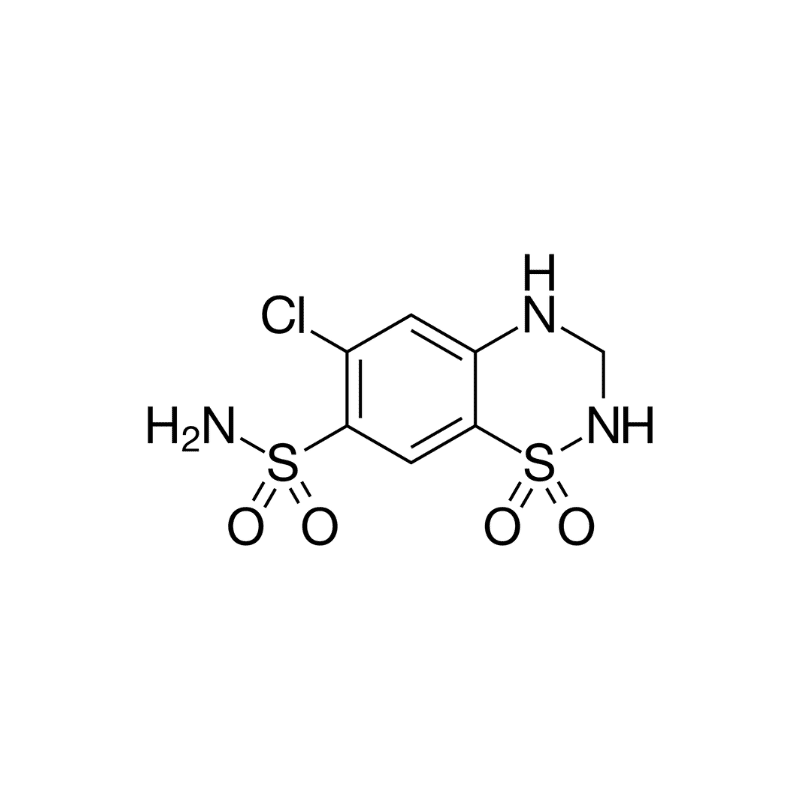
| Drug Name | Hydrochlorothiazide |
| Trade name | Aquazide H, Esidrix, Ezid, Hydride, Hydrocot, Hydrodiuril, Microzide, Oretic, Zide |
| Classification | Thiazide diurectics |
| CYP Metabolism | None |
| Interaction With Kratom | Antagonistic |
| Risk of Interaction | High |
What is Hydrochlorothiazide?
Hydrochlorothiazide belongs to the diuretic drug class and is a thiazide drug. Hydrochlorothiazide works by inhibiting sodium chloride symport located in the distal convoluted tubules of the kidney. As more sodium passes through to the distal nephron, more of it is exchanged for potassium via sodium-potassium exchange channels, causing sodium, potassium, and water loss via urine [6].
The drug is available in the form of tablets. It has once-a-day dosing, so patients are likely to remain compliant and take the medication regularly in the long run.
Hydrochlorothiazide treats edema, hypertension, diabetes insipidus, and hypercalciuria. However, the drug can lead to a condition known as hypokalemia, which is a reduction of potassium levels in the body.
What is Hydrochlorothiazide Used for?
Hydrochlorothiazide treats several diseases. The main indications for the use of hydrochlorothiazide are:
Edema
Hydrochlorothiazide helps with edema due to various causes. It can reduce swelling associated with congestive heart failure, hepatic cirrhosis, steroid drugs, estrogen therapy, and renal dysfunctions [2]. The drug is particularly effective in cardiac edema.
The drug blocks the re-absorption of sodium in the kidney. There is natriuresis and concomitant water loss. The loss of water via urine helps reduce body swelling, providing relief to the patient and maintaining fluid homeostasis in patients with excess fluids in their bodies.
Hypertension
Hydrochlorothiazide lowers blood pressure and is used in hypertensive patients [3]. The drug also helps potentiate the effect of other antihypertensive drugs. The drug acts by causing diuresis, which ultimately reduces plasma volume and cardiac output. There is also a reduction in the total peripheral resistance. The fall in blood pressure develops gradually over two to four weeks.
Thiazide diuretics with potassium-sparing diuretics treat essential hypertension, especially in the elderly. Proper blood pressure control prevents long-term complications such as aneurysm, heart attack, stroke, damage to vessels in the kidney, diminished vision, peripheral vascular diseases, and vascular dementia.

Diabetes Insipidus
Hydrochlorothiazide is used in the treatment of diabetes insipidus. It affects both central and nephrogenic variants of diabetes insipidus [4]. The mechanism by which it produces the paradoxical antidiuretic effect remains unclear.
Hypercalciuria & Recurrent Calcium Stones
Hydrochlorothiazide reduces the excretion of calcium in the urine. Reducing calcium in urine also reduces the incidence of recurrent calcium stones in the urinary tract [5]. This drug can act as supportive therapy in patients with deranged calcium metabolism.
Osteoporosis
There is some evidence suggesting that hydrochlorothiazide has a positive effect on calcium metabolism. It can increase bone mineral density, preventing bones from becoming brittle and weak.

What’s the Dose of Hydrochlorothiazide?
The dose of hydrochlorothiazide varies. For edema, hydrochlorothiazide dosage is 25 to 100 mg per day. For hypertension, the dosage is 25 to 50 mg per day [6].
Generic & Brand Name Versions
- Aquazide H
- Esidrix
- Ezid
- Hydrocot
- Hydrodiuril
- Microzide
- Oretic
- Zide
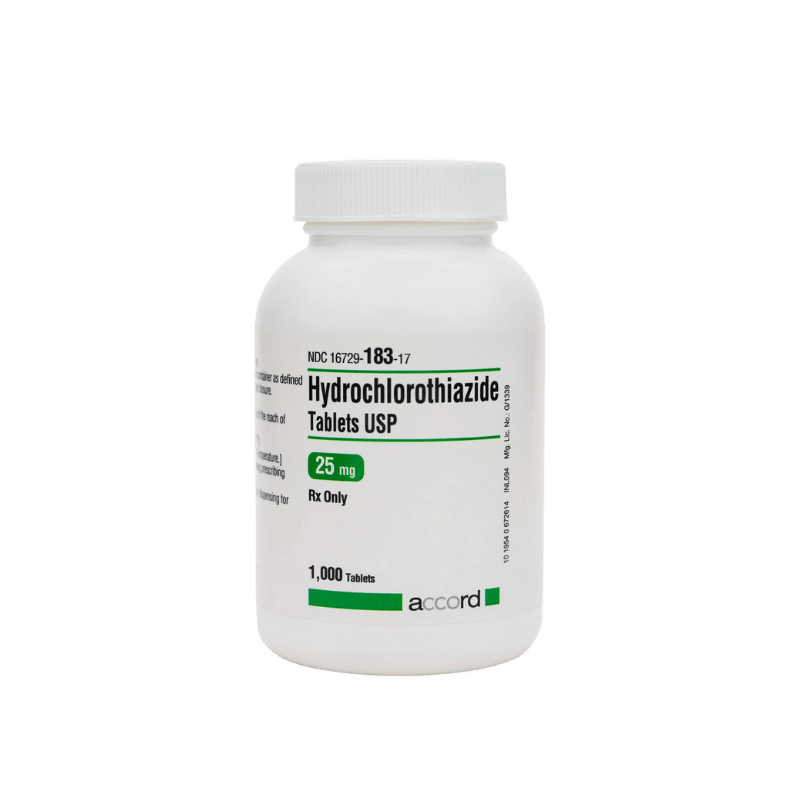
What Are the Side Effects of Hydrochlorothiazide?
As with all other medications, hydrochlorothiazide has adverse, undesired effects. The following side effects from hydrochlorothiazide use have been reported:
- Black, tarry stools
- Bleeding gums
- Blurred vision
- Chest pain or tightness
- Cloudy urine
- Cold sweats
- Confusion
- Constipation
- Cough or hoarseness
- Diarrhea
- Dizziness
- Dry mouth
- Erectile dysfunction
- Headache
- Hives or itchy rashes
- Increased blood sugar level
- Increased blood lipid level
- Increased blood calcium level
- Low blood potassium level
- Muscle cramps or pain
- Nausea or vomiting
- Nosebleeds
- Orthostatic hypotension
- Puffiness around the eyes, face, lips, or tongue
- Red, irritated eyes
- Sensitivity to light
- Sore throat
- Sores, ulcers, or white spots on the lips or in the mouth
- Tingling in hands and legs
- Weakness
Pregnant women should not use hydrochlorothiazide due to the risk of fetal electrolyte disturbances. It is safe for women who breastfeed. The drug is ineffective in the late stages of chronic kidney disease.

What is Kratom?
Kratom —also known as Mitragyna speciosa —is a tropical tree of the coffee family native to Southeast Asia. The leaves of this tree contain many alkaloids, but 7-hydroxymitragynine and mitragynine are the most prevalent and have properties similar to opioids.
Kratom works on many systems, including μ-opioid receptors, post-synaptic alpha-2 adrenergic receptors, and 5-hydroxytryptamine 2A receptors. Because of this, it has many medicinal uses.
What’s Kratom Used for?
This plant has an impressive array of benefits. Its effects are dose-dependent, which we’ll cover in the next section.
In Southeast Asia, workers chew the leaves for energy and pain relief, giving them greater stamina to get through the long, hot days.
The rest of the world primarily uses kratom powder, often mixed into tea, though capsules and extracts are also popular.
The most common reasons people use kratom include the following:
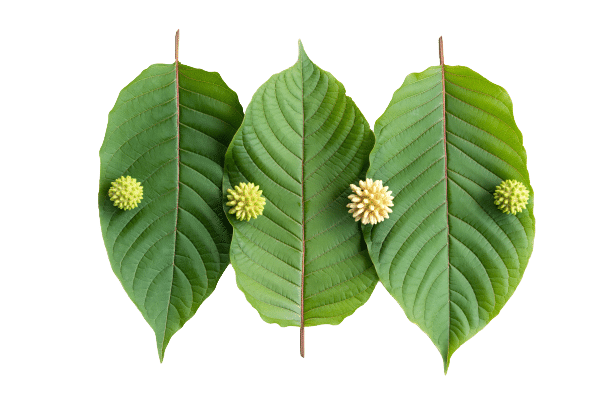
What is the Dose of Kratom?
Kratom can cause stimulation and nootropic effects in small amounts and sedation and pain relief in larger amounts.
If you’re new to kratom, start with doses on the lower end — this reduces the risk of side effects, tolerance, and addiction.
The following are standard dosage guidelines for kratom:
- Low doses: 2-5 g
- Medium doses: 6-8 g
- High doses: 9-12 g
Try a small amount and see how you feel. It takes about 30 minutes for the effects to kick in, so wait a bit before taking more.
What Are the Side Effects of Kratom?
While kratom is relatively safe, it does come with side effects. However, most people don’t experience them if the doses are low. These are typically mild and don’t last long.
- Constipation
- Dizziness
- Drowsiness
- Dry mouth
- Headaches
- Heart palpitations
- High blood pressure
- Irritability
- Itching
- Loss of appetite
- Nausea
- Vomiting
More severe side effects are possible, but this is usually due to irresponsible use, such as combining kratom with other substances, taking too much, and not taking breaks from it.
It can cause addiction, liver damage, and anxiety if users don’t take precautions.

What Are the Different Types of Kratom?
Dose changes the effects, but the strain will also play a role in how kratom makes you feel.

White Vein Kratom
White vein kratom is popular because it helps increase energy, cognitive function, and concentration. This form of kratom also acts as a mood enhancer.

Red Vein Kratom
Red vein kratom improves sleep quality, provides a calming sensation, and helps with insomnia and anxiety. Due to the alkaloid profile, we know this variant comes from mature leaves with red-colored stems and veins.

Green Vein Kratom
Green vein kratom has a milder effect than white vein kratom. This form of kratom produces mild stimulation and mild sedation in larger amounts. Harvesting leaves in the middle stage of the kratom tree’s life cycle produces green vein kratom.

Yellow Vein Kratom
Yellow vein kratom is not a distinct strain of kratom. It is derived from fermented and dried green vein kratom leaves and usually has a longer duration of action.

Key Takeaways: Is it Safe to Mix Kratom & Hydrochlorothiazide?
Kratom and hydrochlorothiazide can have a moderate level of interaction with each other. The interaction is considered antagonistic. Kratom in higher doses increases blood pressure, while hydrochlorothiazide decreases blood pressure. Using both drugs can reduce hydrochlorothiazide’s antihypertensive effect, causing a rise in blood pressure.
Consult your doctor before using these medications.
- Leong Bin Abdullah, M., & Singh, D. (2021). The Adverse Cardiovascular Effects and Cardiotoxicity of Kratom (Mitragyna speciosa Korth.): A Comprehensive Review. Frontiers in pharmacology, 12, 726003.
- Ellison D. H. (1994). Diuretic drugs and the treatment of edema: from clinic to bench and back again. American journal of kidney diseases : the official journal of the National Kidney Foundation, 23(5), 623–643.
- Messerli, F. H., Makani, H., Benjo, A., Romero, J., Alviar, C., & Bangalore, S. (2011). Antihypertensive efficacy of hydrochlorothiazide as evaluated by ambulatory blood pressure monitoring: a meta-analysis of randomized trials. Journal of the American College of Cardiology, 57(5), 590–600.
- Al Nofal, A., & Lteif, A. (2015). Thiazide Diuretics in the Management of Young Children with Central Diabetes Insipidus. The Journal of pediatrics, 167(3), 658–661.
- Cunha, T., Gomes, S. A., & Heilberg, I. P. (2021). Thiazide and thiazide-like diuretics in nephrolithiasis. Jornal brasileiro de nefrologia : ‘orgao oficial de Sociedades Brasileira e Latino-Americana de Nefrologia, 43(1), 103–109.
- Herman, L. L., & Bashir, K. (2021). Hydrochlorothiazide. In StatPearls [Internet]. StatPearls Publishing.

